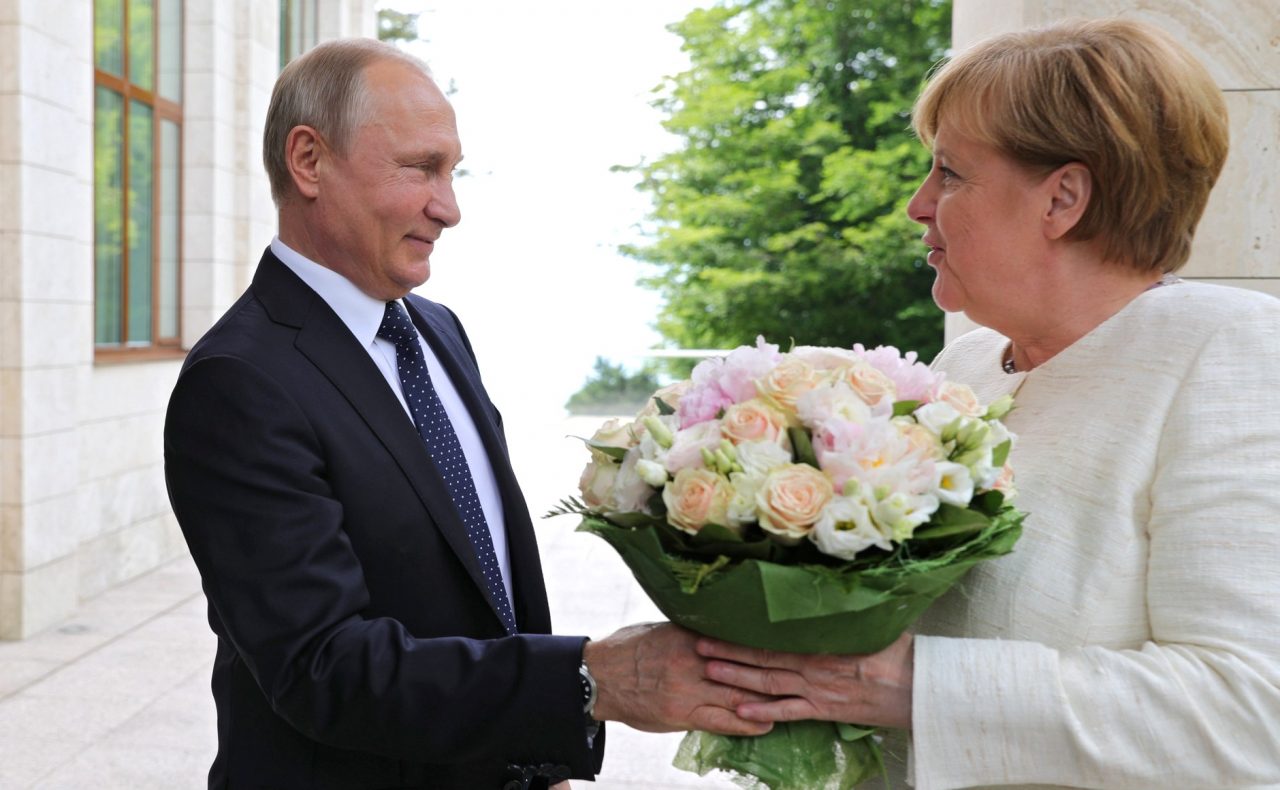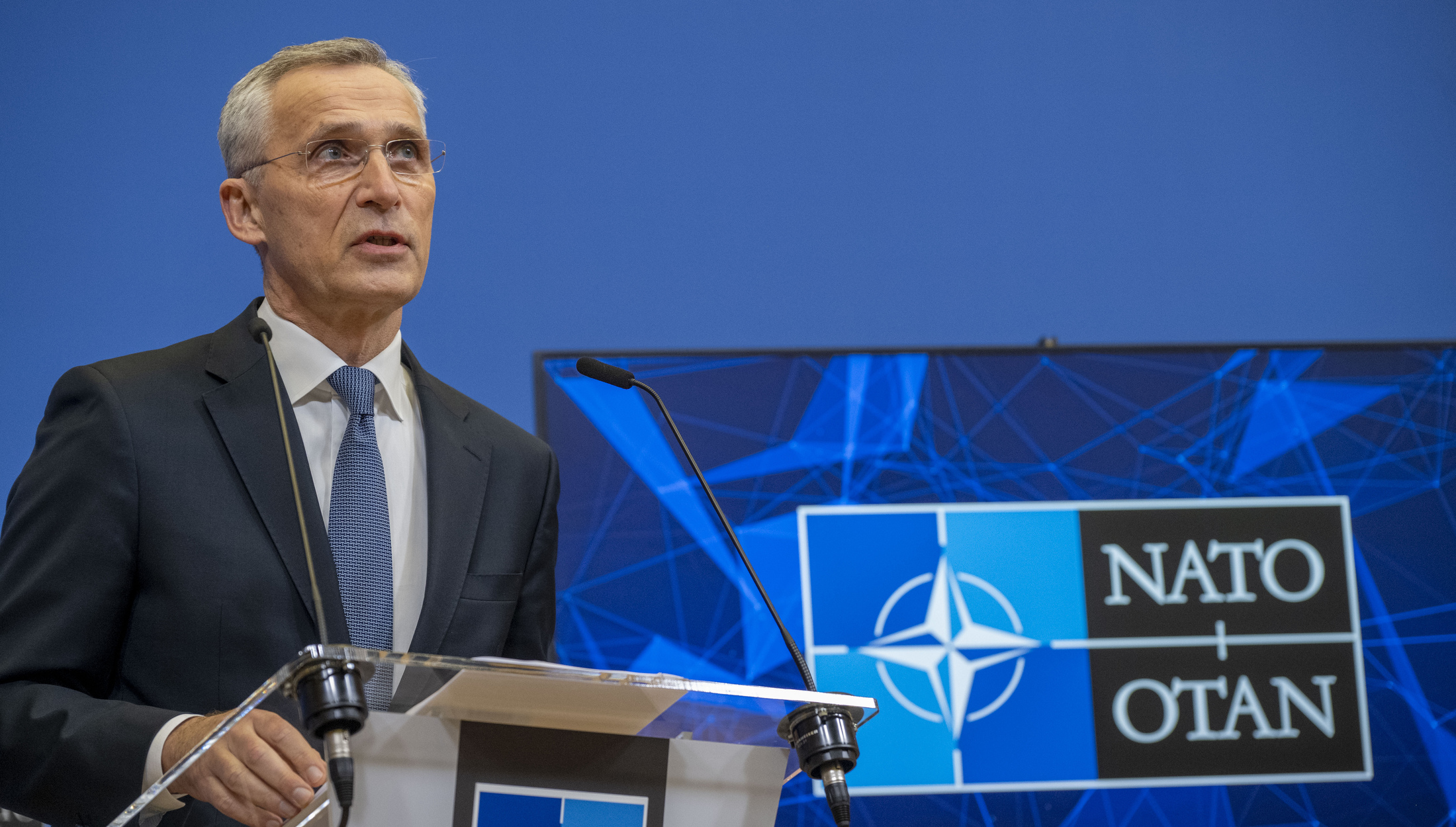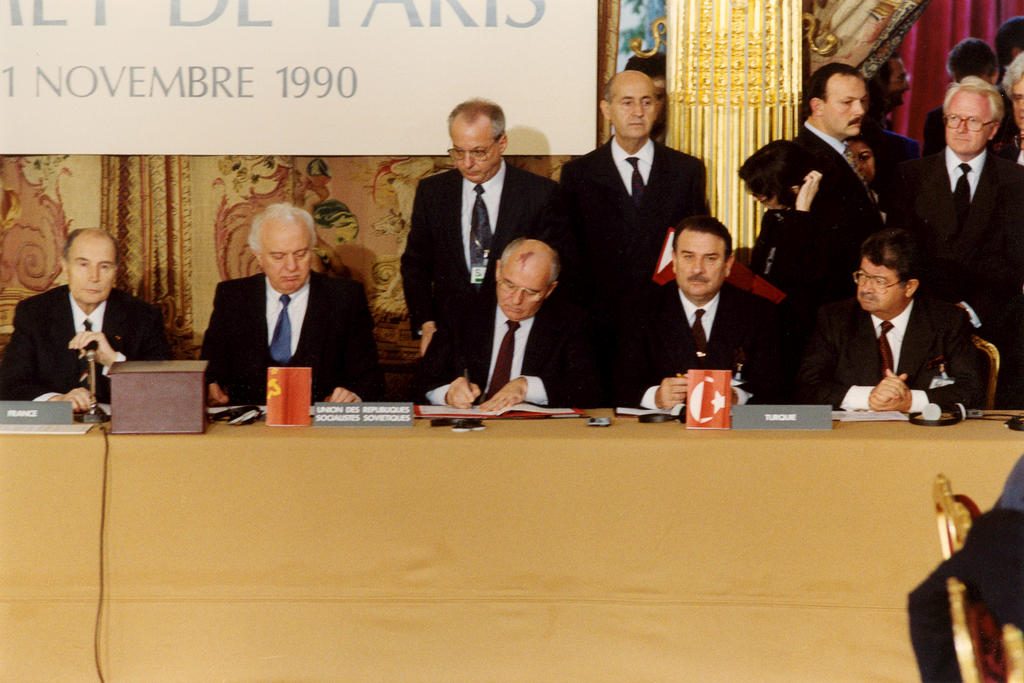While the Russian invasion of Ukraine could be analyzed in many ways, there are strong merits of the one that President Vladimir Putin found it hard to tolerate the persistent humiliation of Moscow by the United States ever since the dissolution of the Soviet Union in 1991.
All the important agreements on arms control and confidence-building measures reached and understandings made since 1991 between Russia and the Western countries, led by the United States, have been broken not by Moscow, but by Washington. The following examples will make this unfortunate history clearer:
Expansion Of NATO
Moscow’s principal worry even at the time of reunification of Germany in 1990 (the USSR had to agree to East Germany’s merger with West Germany to become a unified Germany) was the enlargement of NATO.
While Moscow did concede that a unified Germany would remain in NATO, it had to be assured that NATO would not include in future the Warsaw Pact countries that the Soviet Union led. Warsaw Pact, eventually dissolved.

The declassified documents that are available today clearly show that there were security assurances against NATO expansion to Soviet leaders from James Baker (US Secretary of State) Geroge H W Bush (US President), West German Chancellor Helmut Kohl, French President Francois Mitterrand, and British Prime Ministers Margaret Thatcher and John Major, among others.
The first concrete assurances by Western leaders on NATO began on January 31, 1990, when then-West German Foreign Minister Hans-Dietrich Genscher opened the bidding with a major public speech at Tutzing, in Bavaria, on German unification.
The US Embassy in Bonn informed Washington that Genscher made clear “that the changes in Eastern Europe and the German unification process must not lead to an “impairment of Soviet security interests”. Therefore, NATO should rule out an “expansion of its territory towards the east, i.e. moving it closer to the Soviet borders”.
In the crucial February 10, 1990, meeting in Moscow between Kohl and Soviet President Mikhail Gorbachev the West German leader achieved Soviet assent in principle to German unification in NATO, by assuring that it would not expand to the east.

Before this, on February 6, 1990, when West German Foreign Minister Hans-Dietrich Genscher met with British Foreign Minister Douglas Hurd, the British record showed Genscher saying, “The Russians must have some assurance that if, for example, the Polish Government left the Warsaw Pact one day, they would not join NATO the next.”
It is also on record that Baker tried out the “not one inch eastward” formula with Gorbachev in the February 9, 1990, meeting.
He agreed with Gorbachev’s statement in response to the assurances that “NATO expansion is unacceptable.” Baker assured Gorbachev that “neither the President nor I intend to extract any unilateral advantages from the processes that are taking place,” and that the Americans understood that “not only for the Soviet Union but for other European countries as well it is important to have guarantees that if the United States keeps its presence in Germany within the framework of NATO, not an inch of NATO’s present military jurisdiction will spread in an eastern direction.”
That such assurances were there have also been taken note of by US diplomats like Jack Matlock (the last US ambassador to the former Soviet Union), former US Secretary of Defense Robert Gates and late veteran Geroge Kenan (the father of “the policy of containment” that the US initiated to resist the then Soviet expansion, marking the onset of the Cold War after the end of the World War II).
Kennan had written in 1997 that “Expanding NATO would be the most fateful error of American policy in the Cold War era. Such a decision may be expected to impel Russian foreign policy in directions not to our liking.”

Obviously, this assurance to Moscow has not been kept. In 1999, Poland, Czechoslovakia, and Hungary – all members of the Moscow-led Warsaw Pact – were allowed to join the NATO, despite about 50 military, political, and academic leaders, including Paul Nitze and Jack Matlock, writing to the then-President Bill Clinton that this would be “a policy error of historic proportions”.
Clinton’s successor George Bush allowed then in 2004 seven more — including the three Baltic states of Estonia, Latvia, and Lithuania, which had been part of the former Soviet Union — to join as well. President Bush was all set to bring Georgia and Ukraine, both former constituents of the USSR, in 2008. But the plan was not realized when Russia invaded Georgia.
CFE Treaty
Similarly, the Conventional Armed Forces in Europe (CFE) Treaty signed at the end of the Cold War on November 19, 1990, eliminated the Soviet Union’s overwhelming quantitative advantage in conventional weapons in Europe by setting equal limits on the number of tanks, armored combat vehicles, heavy artillery, combat aircraft, and attack helicopters that NATO and the Warsaw Pact could deploy between the Atlantic Ocean and the Ural Mountains.
This treaty entered into force on November 9, 1992, and it required NATO and Warsaw Pact states to have in total no more than 40,000 battle tanks, 60,000 armored combat vehicles, 40,000 pieces of artillery, 13,600 combat aircraft and 4,000 attack helicopters on the whole territory of the respective alliance.
The CFE Treaty also provided for lower ceilings on military hardware in individual regions, including so-called flank ceilings designed to limit Russian stockpiles in the north and south of the treaty territory.
To reach these targets, the CFE state-parties destroyed in subsequent years more than 50,000 weapons systems. These steps were supervised under a treaty compliance mechanism requiring information sharing and reciprocal inspections. Moreover, the scope of the treaty was soon widened to cover troop numbers. The 1992 follow-up agreement known as the CFE-1A arranged limits on the level of military personnel.
However, when NATO was expanded by disregarding Moscow’s reservations, the US and its allies argued that the number of weapons that were to be limited should not be seen in terms of blocks but individual countries, certainly to the great disadvantage of Moscow as Warsaw pact had become defunct, with three former Warsaw Pact members — Poland, the Czech Republic and Hungary — joining NATO.

But Moscow caved in at the Istanbul summit of the Organization for Security and Co-operation in Europe (OSCE in November 1999). It accepted the major change in an updated CFE Treaty, now with more than 30 members, that limitations on conventional weapon systems would no longer be aligned to two “blocs” but to the territorial borders of individual states. In addition, the Adapted CFE Treaty provided for a stronger regime of reciprocal inspection.
Russia, Belarus, Ukraine, and Kazakhstan ratified the Adapted CFE Treaty in 2004, but Slovenia, Lithuania, Estonia, and Latvia, who were made NATO members that year did not even sign up to the treaty, much to Moscow’s annoyance. NATO justified this refusal by arguing that the original CFE Treaty did not contain an accession clause (such a clause would only have been created if the Adapted CFE Treaty came into force).
The conflict with Russia intensified when the US administration, under George W. Bush announced plans to station NATO missile defense systems in Poland and the Czech Republic.
On December 12, 2007, President Putin, understandably, suspended Russian participation in the CFE Treaty, but not before declaring a unilateral moratorium. However, in 2011, the NATO states suspended further disclosure of information to Russia.
Intermediate-Range Nuclear Forces Treaty
Signed by US President Ronald Reagan and Soviet leader Mikhail Gorbachev in 1987, the INF Treaty dramatically helped reduce nuclear threats and stabilize the arms race for nearly three decades. It resulted in the banning and eliminating of all US and Russian ground-launched missiles with ranges between 500 and 5,500 kilometers––a grand total of 2,692 missiles.

However, problems started when Russia complained that the spirit behind the Treaty was being killed with the Bush Administration withdrawing in 2002 from the Anti-Ballistic Missile Treaty––understood by Putin to be the cornerstone of the US-Russia arms control regime. Putin later wanted the INF to be multilaterized by the UN, but his efforts failed in 2007.
Russian discomfiture further aggravated when in 2014 the USA accused Moscow, which it denied vehemently, that it had broken its obligation “not to possess, produce, or flight-test a ground-launched cruise missile (GLCM) with a range capability of 500 km to 5,500 km, or to possess or produce launchers of such missiles”. Russia responded by saying that its missiles “fully comply with the treaty’s requirements”.
This mistrust further degenerated when the Trump Administration decided in 2019 to suspend American obligations under the INF. Putin closely followed the suit.
Many scientists those days criticized the US move that instead of withdrawing, the Trump Administration should have resolved the differences with Russia diplomatically.
As the Federation of American Scientists (FAS) lamented, “The decision to withdraw wasn’t based on long-term strategic thinking but appears to have been based on ideology.
It was apparently the product of National Security Advisor John Bolton –– a hawkish “serial arms control killer” –– having the President’s ear. Defense hawks chimed in with warnings about Chinese INF-range missiles being outside the treaty (which they have always been) and recommendations about deploying new US INF missiles in the Pacific.
Now, we find ourselves on the brink of an era without nuclear arms control whatsoever. With the demise of the INF, the only remaining treaty – the New START treaty – is in jeopardy, a vital treaty that caps the number of strategic nuclear weapons the United States and Russia can deploy and provides important verification and data exchanges. Although it could easily be extended past its February 2021 expiry date with the stroke of a pen, John Bolton maddeningly says that it’s “unlikely.”
Open Skies Treaty
In 1992, in yet another confidence-building measure, Russia and the United States, along with 32 others on two sides of the Atlantic, had signed the Open Skies Treaty(OST). It allowed the member states to conduct unarmed surveillance flights in each others’ air space at a short notice to collect data on military forces and activities. Entering into force in 2002, the treaty was designed to enhance mutual understanding, build confidence, and promote the openness and transparency of military forces and activities.
However, after Russian intervention in Georgia in 2007, US officials started complaining that Russia was violating the agreement, for example, by restricting American and European surveillance flights over Kaliningrad and parts of Georgia.
Russia denied the charges, but instead of resolving the differences through sincere negotiations, the Trump Administration decided unilaterally to withdraw from the treaty in November 2020 and the Biden Administration declared later that it had no intention of rejoining it. And that too, when America’s European allies had requested Washington to reconsider the decision.

In a joint statement, the foreign ministries of Belgium, the Czech Republic, Finland, France, Germany, Italy, Luxembourg, the Netherlands, Spain, and Sweden had reminded that OST “is a crucial element of the confidence-building framework that was created over the past decades in order to improve transparency and security across the Euro-Atlantic area”.
However, after the US withdrawal, Moscow sought written guarantees from the remaining states-parties that they would neither continue to share data collected under the treaty with Washington nor prohibit overflights of US bases in Europe. But there was no response from the Europeans, possibly due to their respect or fear of American sensitivity. Finally, Russia decided to withdraw from the OST in June 2021.
Considering the above examples, if one attempts an honest comparison, it is to be said that more than Russia, it is the United States that has disregarded more treaties, agreements, and understandings. Also, more than Russia it is the United States that has avoided compromises and concessions that are the real investments, political as well as often financial, for a peaceful global order.
- Author and veteran journalist Prakash Nanda is Chairman of Editorial Board – EurAsian Times and has been commenting on politics, foreign policy on strategic affairs for nearly three decades. A former National Fellow of the Indian Council for Historical Research and recipient of the Seoul Peace Prize Scholarship, he is also a Distinguished Fellow at the Institute of Peace and Conflict Studies. CONTACT: prakash.nanda@hotmail.com
- Follow EurAsian Times on Google News




